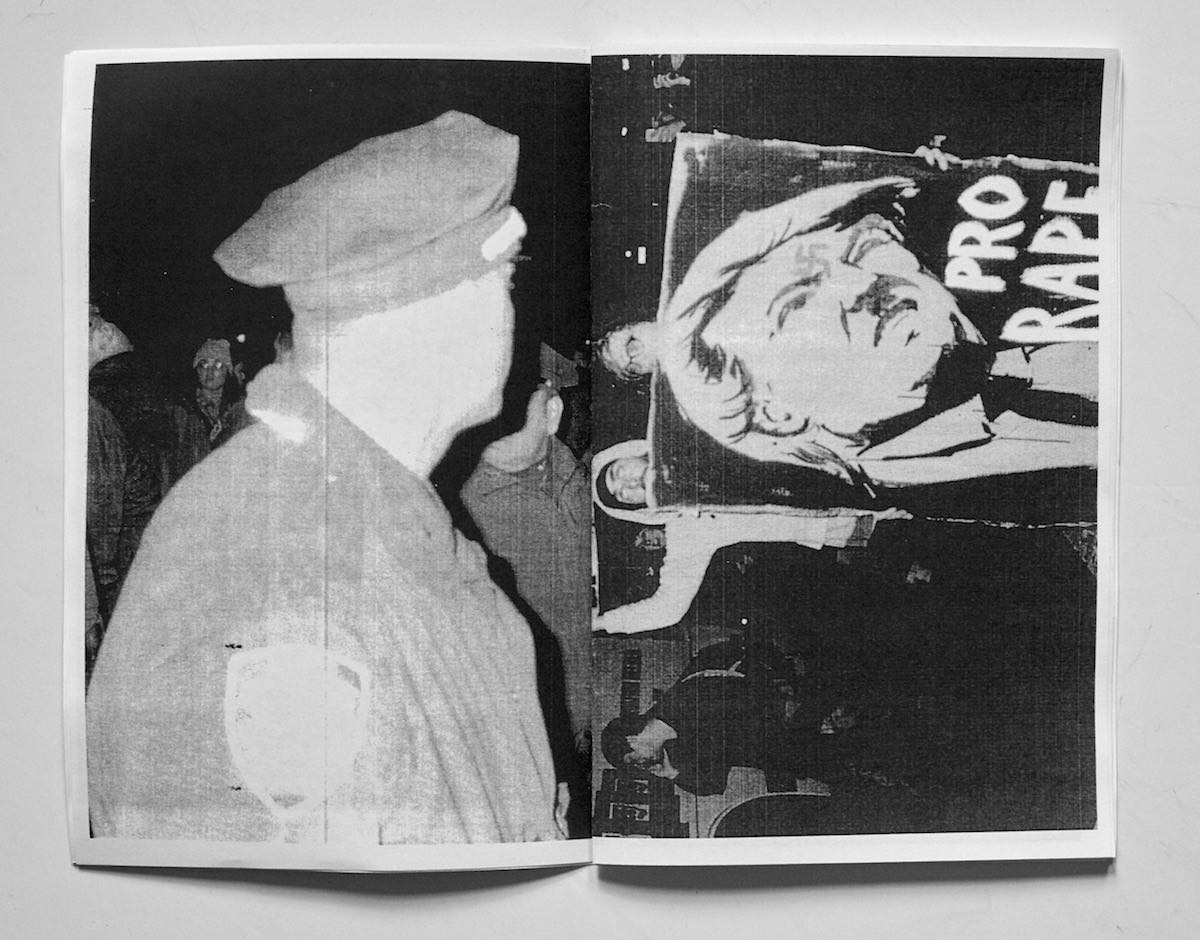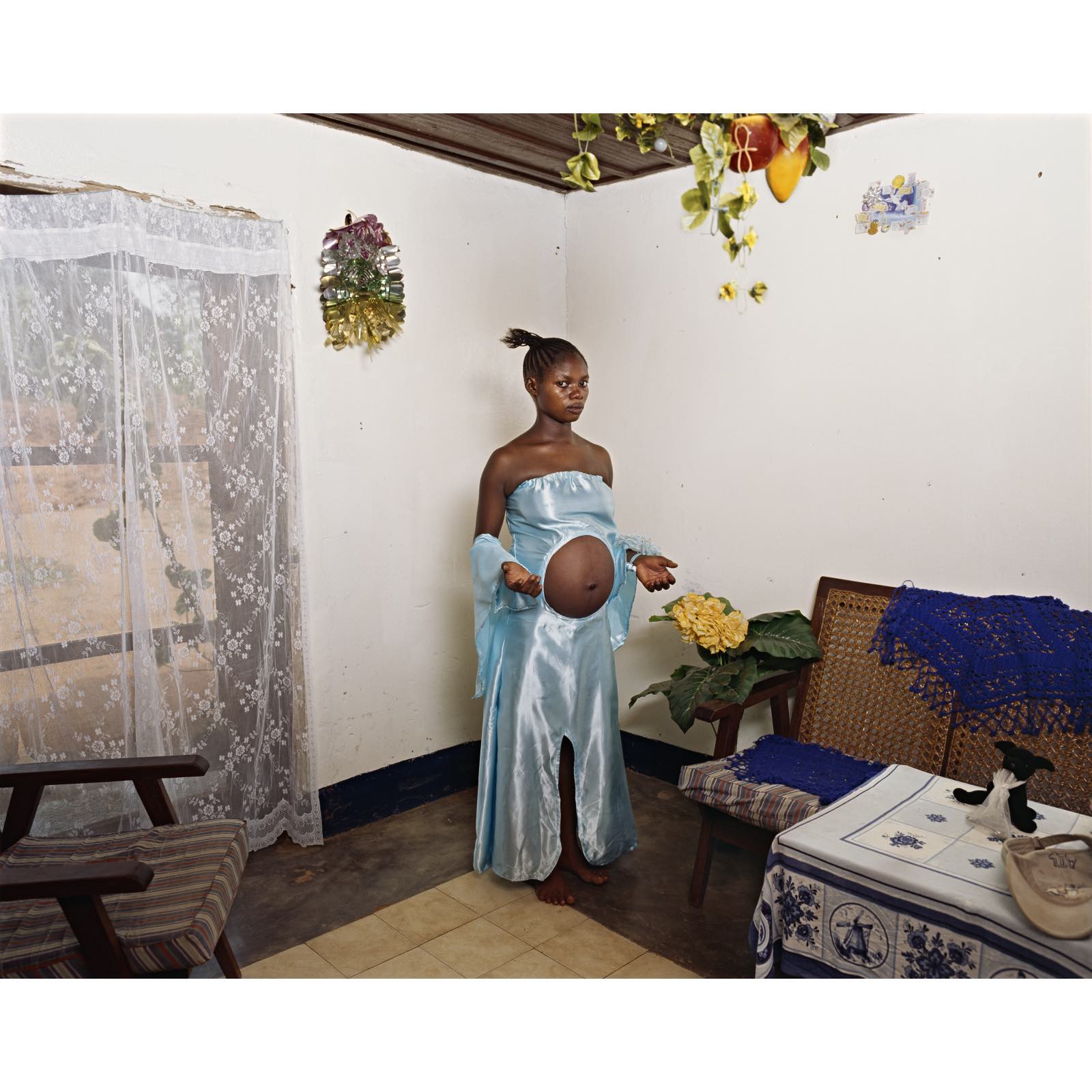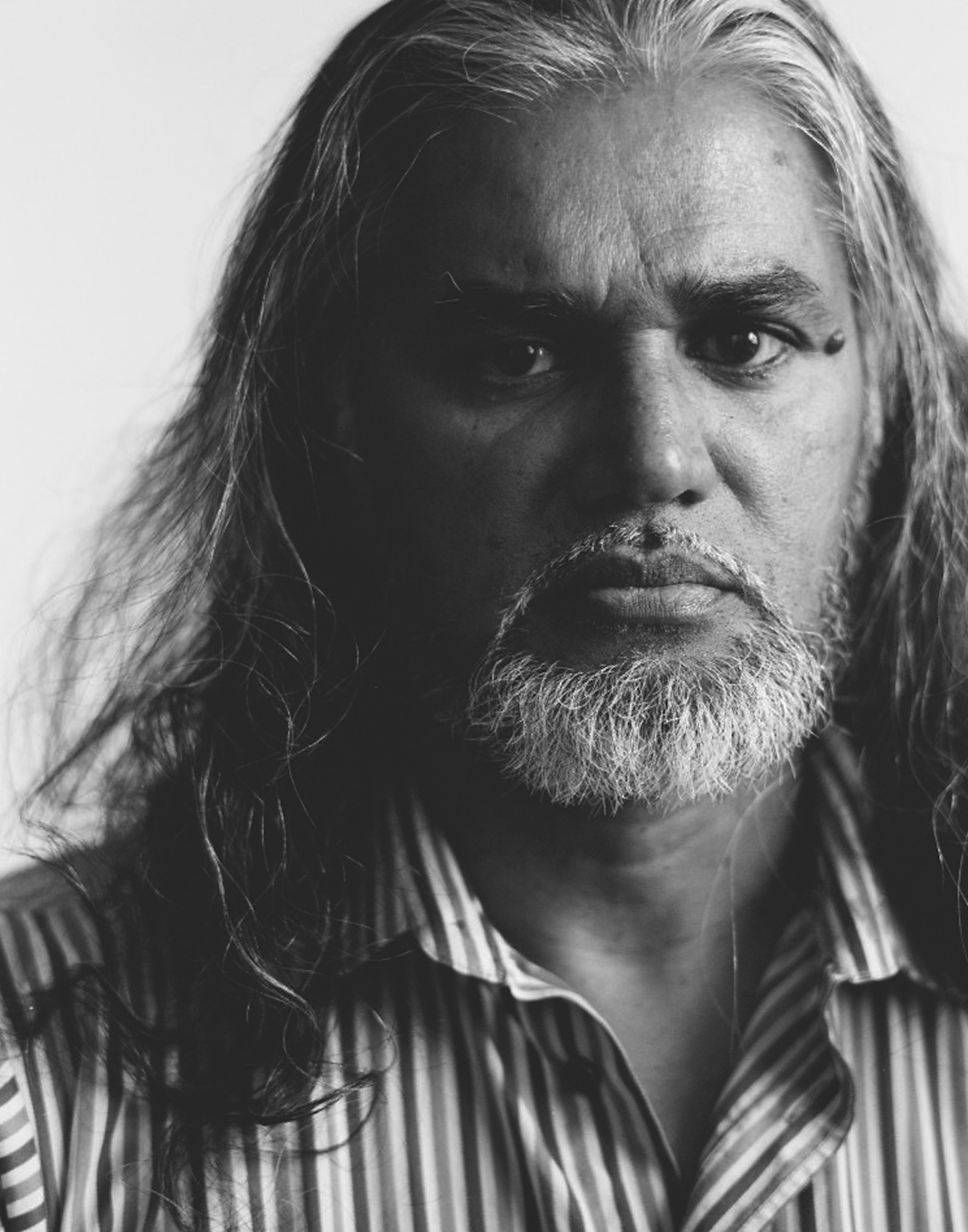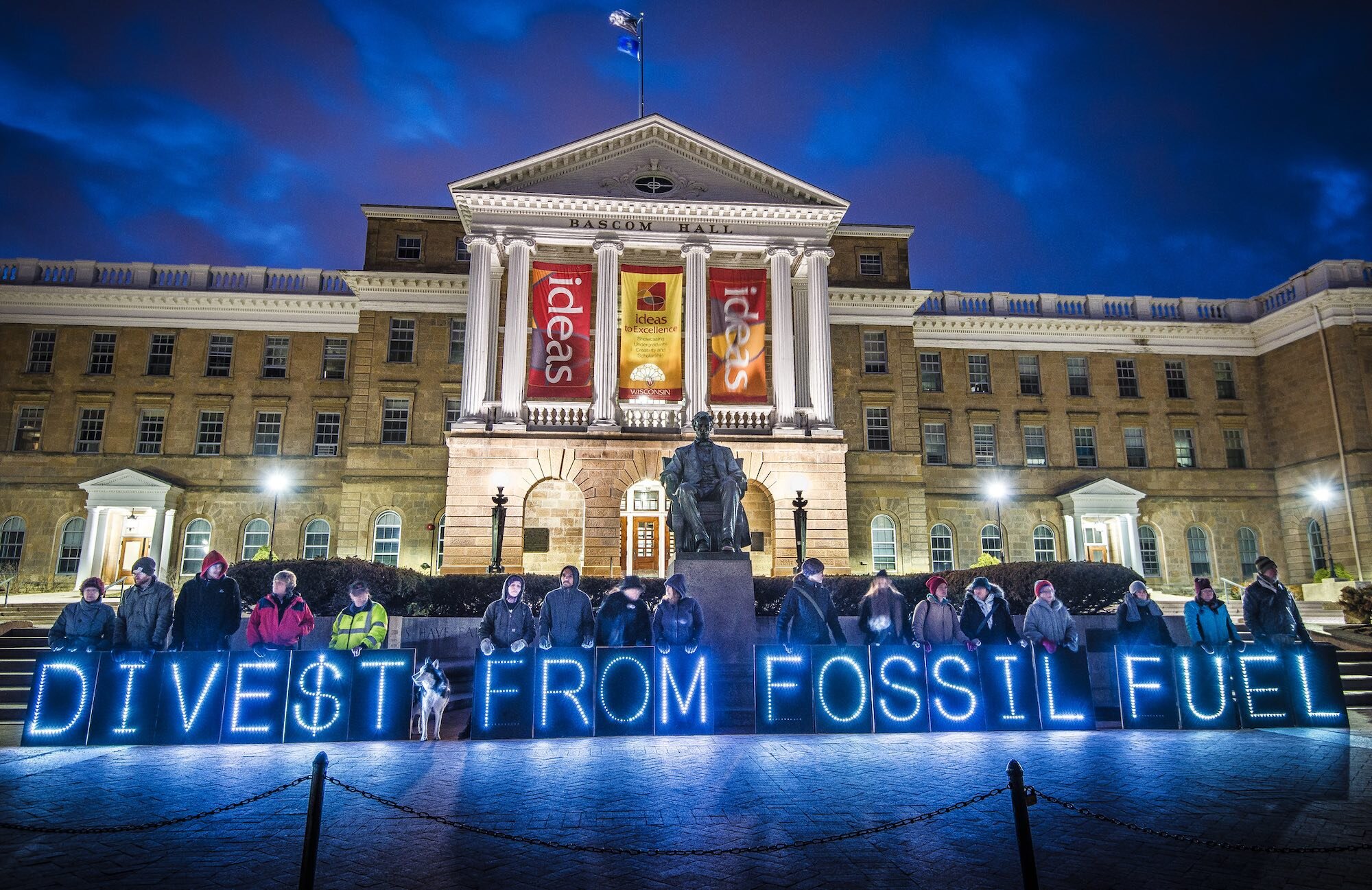Art the Arms Fair

Most people in London have no idea that the biggest arms fair in the world takes place on their doorstep. Art the Arms Fair aims to change that.
“The protest has been brilliant,” says organizer Sam Walton when we reach him by phone, referring to the ongoing actions and blockades that have taken place throughout the week. “This year, we've had the biggest protests ever – over 100 people arrested outside the arms fair. Still, less than 10% of Londoners even know it's happening.”
Every two years, government representatives and military vendors from around the world converge on London for Defence and Security Equipment International (DSEI), to buy and sell weapons. When people find out about the fair, Sam explains, they’re almost always against it – “You can’t defend arming Saudi Arabia” – so he says their job becomes simply to communicate that this event is happening, and to drag it out of the shadows. (The Saudi government has admitted it has used UK-manufactured cluster bombs in Yemen, where the war has displaced an estimated 2.5m people and killed more than 10,000.)
Banksy – 'Civilian Drone Strike'
“By using culture to do it, rather than straight-up protests, we can reach people we'd never reach otherwise.”
Situated on the seventh floor of an office building in Poplar, Art the Arms Fair was already doing well in terms of media and publicity, he says, starting to generate crowds and interest. Then, four days before they launched, they found out Banksy was creating a new piece of work especially for them.
“That just changed everything because his profile is obviously ridiculous,” says Sam. “Yesterday, I had tourists coming in from New York, because they just saw it on CNN. It's been great to have all these people come in that wouldn't have heard about it otherwise. And we’ve been finding that people who aren't really protesters but are interested in the art world have come, too. And that's been brilliant, because people come see art, and, in doing so, they absorb the messages.”
“By using culture to do it, rather than straight-up protests, we can reach people we’d never reach otherwise.”
“It’s about bringing this out of the shadows,” he continues. “The Arms Fair doesn't want people to know it’s even happening, because you can't defend arming torturers and repressive regimes. You don't need to force a message down anyone's throat. It isn't about preaching. It's just about saying what's happening. And when people find out what's happening, they're really not happy about it.”
Darren Cullen – 'New War, Spelling Mistakes Cost Lives'
What made him decide that art was the best medium to raise awareness? (Sam’s background is in protest, not art, and earlier this year, he was arrested for his alleged part in breaking into a BAE weapons base in the north of England, and attempting to disarm warplanes bound for Saudi Arabia, using a hammer.) “I’m a protester, but its about being effective,” he explains. “London is one of the most multicultural, most tolerant cities on the planet. But people are often driven here by British arms exports, and there's a lot of people here that are very, very angry when they find out about this fair.”
Ahmed Jahaf – 'Yemen Fly Bombs' (2016)
“This is a brilliantly effective way of telling people, and it also will pull in money to help us in the street. That money is going to put people on the streets and block roads.”
“Also, you change the world by affecting people emotionally. And I think we're able to do that with art. Let me tell you about Ahmed Jahaf, I’m sitting next to his work right now. He's a Yemeni artist and he's never been exhibited outside of Yemen. Mainly because there's a Saudi blockade.”
“He's got these very powerful pictures of how he sees the US, the West, Saudi Arabia, Donald Trump, bombs falling… It's a privilege to show him. It's a voice that is simply not present in our society at all, and you can see that, and begin to feel his anger and frustration, and see that it all ultimately comes back to our foreign policy, and our willingness to do dodgy deals with despotic regimes.”
Peter Kennard – 'Warhead 2' (2017)
Sam is quick to pay tribute to the many artists who have given their time, contacts and expertise, as well as showing work. “Peter Kennard was so sound and humble, he did everything possible to help,” he says. “The Guerrilla Girls were just like ‘We're there’, which, considering how huge they are, is awesome!”
Speaking of huge, Banksy’s piece is scheduled to go on auction at the end of the event. The reserve price is £10. Have they had any estimates as to how much it might go for?
“Six figures, somewhere,” he says. “That's a lot of D-locks, mate!”
At the artist’s request, the money from the Banksy piece will be split between Campaign Against Arms Trade and Reprieve, which campaigns against drone strikes and other human rights abuses.
“I was at one of the protests last week,” says Sam. “And I spoke with a guy. He's American, he said, ‘I've been arrested, been marching since Martin Luther King, and I've been arrested for being on the right side of history before, and it’s an honour to be arrested again for being on the right side of history."
“I think this show is a breakthrough for us. We’ve climbed a mountain, and seen the promised land. We are beginning to see how to shut the world’s largest arms fair down. And that is beautiful! The arms fair is a blight, it’s a tumour that no one wants in their city, and we're creating something beautiful in opposition to that.”
Top image: Felix Stirling – 'Casus Belli'
ACTIONS
Check out Art the Arms Fair
Learn about the Campaign Against Arms Trade
And find out more about Reprieve
Writer, editor and consultant based in London /New York









